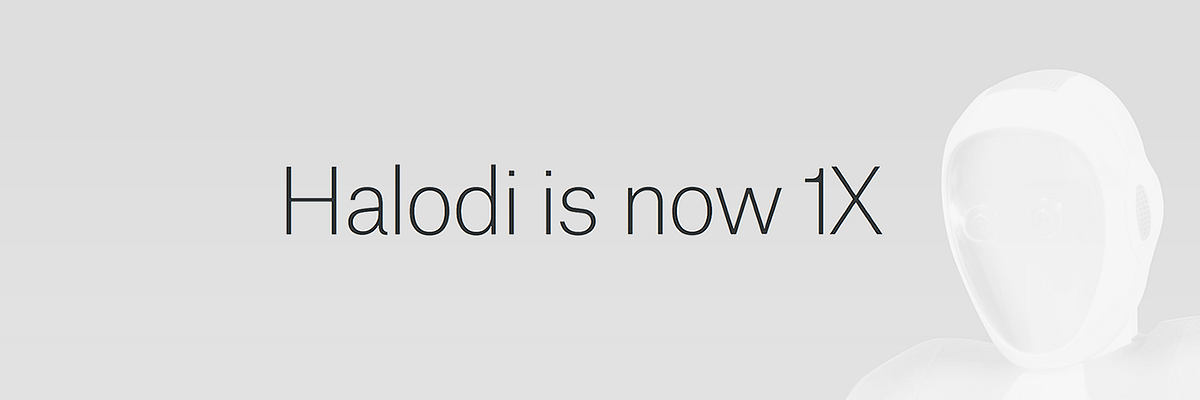Prediction: Robots made of hard plastic with gears are outdated: All future robots will eventually copy Neo’s gearless soft design
Prediction: 12 months after Neo is released we will see copies of humanoids coming out of China all using a similar soft gearless design.
After listening to the interview with 1X CEO Børnich I’m not only convinced Neo will be the first humanoid deployed globally to homes, but that the soft biological design that doesn’t use gears is the only practical way a humanoid robot can be made safely for everyday home use.
Most robots found in the home today are based on industrial robots developed in Japan for automating car assembly lines. These robots only needed to perform one or two precise tasks and movement via gears made sense.
But for anyone who has owned one of the many companion robots currently available it becomes clear that gears are inefficient and ineffective for home use, not to mention the high forces required to move them can make interacting with companion robots dangerous. You just need to look at how powerful Loona or Aibo can be to understand that.
1X used to be known as Halodi robotics and rebranded last year explaining the name change and how it relates to their gearless robotic system for Neo:

 1xtech.medium.com
1xtech.medium.com
You can read about Neo’s unique gearless design here:

 www.1x.tech
www.1x.tech
Prediction: 12 months after Neo is released we will see copies of humanoids coming out of China all using a similar soft gearless design.
After listening to the interview with 1X CEO Børnich I’m not only convinced Neo will be the first humanoid deployed globally to homes, but that the soft biological design that doesn’t use gears is the only practical way a humanoid robot can be made safely for everyday home use.
Most robots found in the home today are based on industrial robots developed in Japan for automating car assembly lines. These robots only needed to perform one or two precise tasks and movement via gears made sense.
But for anyone who has owned one of the many companion robots currently available it becomes clear that gears are inefficient and ineffective for home use, not to mention the high forces required to move them can make interacting with companion robots dangerous. You just need to look at how powerful Loona or Aibo can be to understand that.
1X used to be known as Halodi robotics and rebranded last year explaining the name change and how it relates to their gearless robotic system for Neo:
Source:NORWAY, March 6, 2023 — Halodi Robotics, a Norwegian engineering and robotics company, announced its new company name today: “1X” (pronounced “one-ex”/“wuhn-eks”). Starting with the name change, the company will begin to build a new brand, set to launch in Spring 2023.
The name 1X alludes to the company’s growth and vision for the future and reflects the team’s unique competencies in robotics. CEO Bernt Øivind Børnich expanded on that vision, saying, “Our androids will eventually work among people, one by one. And unlike other androids that have to slow down to be functional, 1X’s models work at 1x speed. We’re excited to embark on this new chapter, and we look forward to continuing to provide industry-leading products and services under our new brand.”

Halodi Robotics Announces Rebranding, Changes Name to 1X
As part of an extensive rebranding initiative in 2023, Halodi Robotics unveils its new name.
 1xtech.medium.com
1xtech.medium.com
You can read about Neo’s unique gearless design here:
For a visual analogy, consider the inertia in our limbs when we move. A humanoid robot, using traditional technology with a gear ratio of 80:1, might experience an inertia equivalent to carrying a 24-kilogram weight on its foot. It's no wonder then that these robots often appear stiff and mechanical in their movements. The 1X system has dramatically reduced this inertia, equivalent to a mere 0.5 kilograms for the feet. Such reductions are not just impressive on paper; they translate to significant enhancements in robot agility, efficiency, and safety.

Discover 1X | A Gearless Future
Our CEO Bernt Øivind Børnich lays out 1X’s vision for gearless mechanics to enable safe, balanced, and smart androids for all.
 www.1x.tech
www.1x.tech